
Filter News
Area of Research
- (-) Computational Biology (2)
- (-) Energy Science (89)
- (-) National Security (32)
- Advanced Manufacturing (2)
- Biological Systems (1)
- Biology and Environment (42)
- Computational Engineering (3)
- Computer Science (5)
- Fusion and Fission (2)
- Fusion Energy (1)
- Isotopes (26)
- Materials (39)
- Materials for Computing (8)
- Mathematics (1)
- Neutron Science (25)
- Nuclear Science and Technology (5)
- Quantum information Science (2)
- Supercomputing (72)
- Transportation Systems (2)
News Type
News Topics
- (-) Biomedical (9)
- (-) Clean Water (8)
- (-) Cybersecurity (24)
- (-) Isotopes (1)
- (-) Machine Learning (17)
- (-) Summit (7)
- (-) Transportation (62)
- 3-D Printing/Advanced Manufacturing (76)
- Advanced Reactors (6)
- Artificial Intelligence (19)
- Big Data (8)
- Bioenergy (28)
- Biology (16)
- Biotechnology (5)
- Buildings (32)
- Chemical Sciences (14)
- Composites (16)
- Computer Science (42)
- Coronavirus (14)
- Critical Materials (8)
- Energy Storage (67)
- Environment (51)
- Exascale Computing (2)
- Fossil Energy (2)
- Frontier (1)
- Fusion (2)
- Grid (41)
- High-Performance Computing (11)
- Hydropower (3)
- Materials (35)
- Materials Science (27)
- Mathematics (2)
- Mercury (3)
- Microelectronics (1)
- Microscopy (8)
- Molten Salt (1)
- Nanotechnology (9)
- National Security (36)
- Neutron Science (14)
- Nuclear Energy (10)
- Partnerships (16)
- Physics (2)
- Polymers (11)
- Quantum Science (3)
- Security (15)
- Simulation (3)
- Space Exploration (3)
- Statistics (1)
Media Contacts
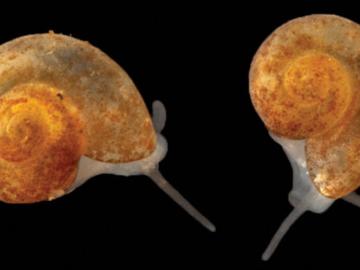
Sometimes conducting big science means discovering a species not much larger than a grain of sand.

Each year, approximately 6 billion gallons of fuel are wasted as vehicles wait at stop lights or sit in dense traffic with engines idling, according to US Department of Energy estimates.

A novel approach developed by scientists at ORNL can scan massive datasets of large-scale satellite images to more accurately map infrastructure – such as buildings and roads – in hours versus days.

While Tsouris’ water research is diverse in scope, its fundamentals are based on basic science principles that remain largely unchanged, particularly in a mature field like chemical engineering.

A technology developed at the ORNL and scaled up by Vertimass LLC to convert ethanol into fuels suitable for aviation, shipping and other heavy-duty applications can be price-competitive with conventional fuels
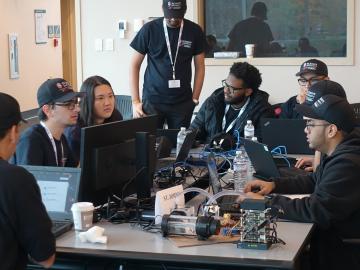
Oak Ridge National Laboratory will give college students the chance to practice cybersecurity skills in a real-world setting as a host of the Department of Energy’s fifth collegiate CyberForce Competition on Nov. 16. The event brings together student teams from across the country to compete at 10 of DOE’s national laboratories.
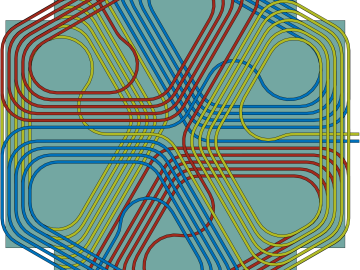
ORNL researchers created and tested new wireless charging designs that may double the power density, resulting in a lighter weight system compared with existing technologies.

Researchers at the Department of Energy’s Oak Ridge National Laboratory have received five 2019 R&D 100 Awards, increasing the lab’s total to 221 since the award’s inception in 1963.
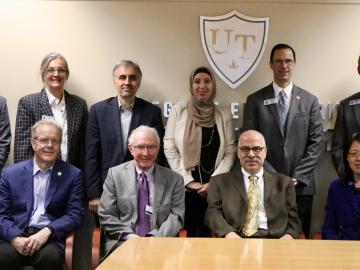
ORNL and The University of Toledo have entered into a memorandum of understanding for collaborative research.
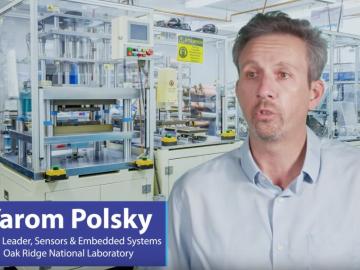
The National Alliance for Water Innovation, a partnership of the Department of Energy’s Oak Ridge National Laboratory, other national labs, university and private sector partners, has been awarded a five-year, $100 million Energy-Water Desalination Hub by DOE to address water security issues in the United States.


